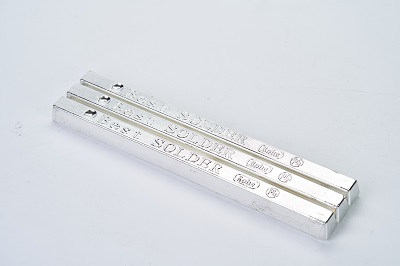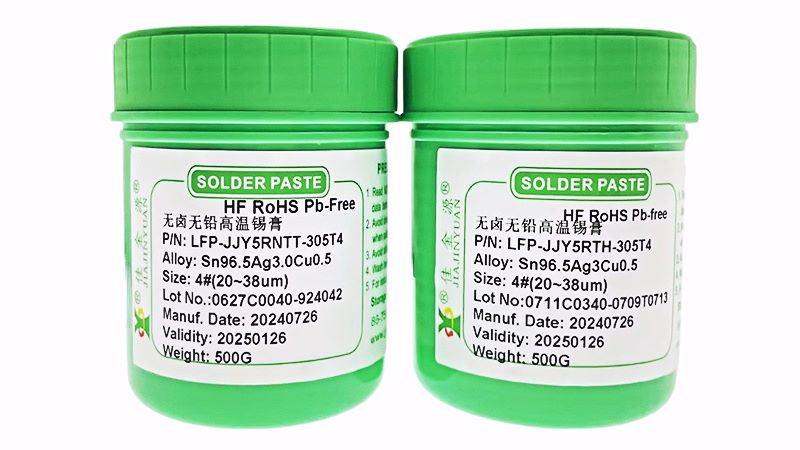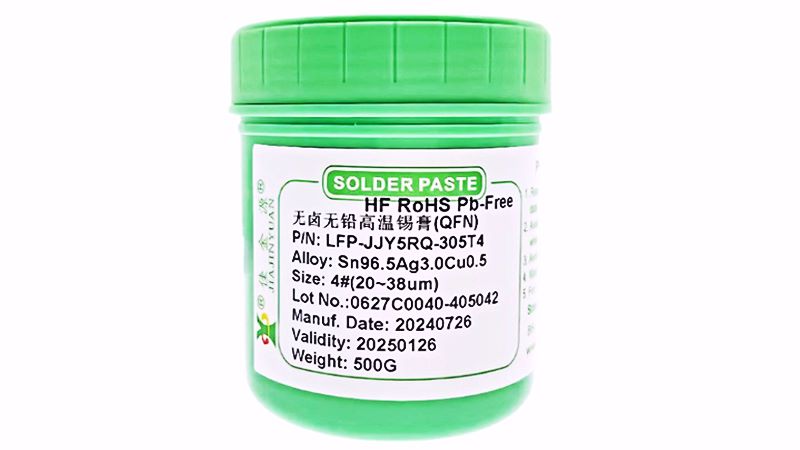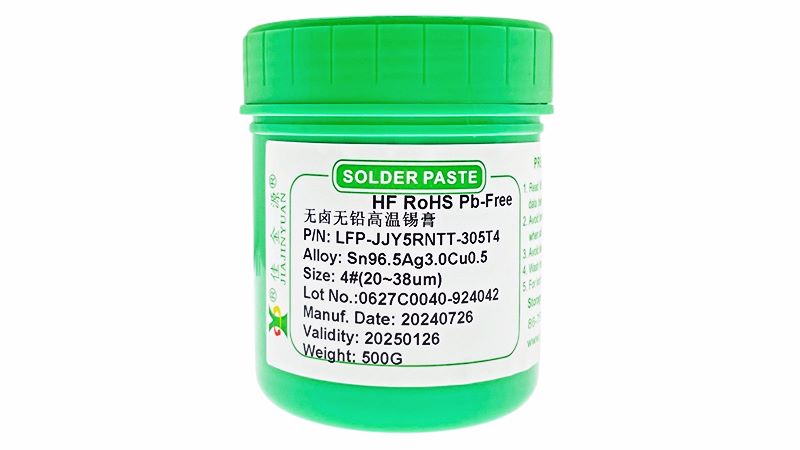The differences between lead-free copper-containing tin bars and pure tin bars can generally be distinguished from the following aspects:
1From the perspective of appearance glossiness: Lead-free tin bars have a pale yellow luster. Lead-tin bars have a bright white luster.
2From the perspective of packaging: Lead-free tin bars are usually in green boxes and there are labels on the boxesROHSThe logo.
Leaded tin bars are in gray boxes, and the boxes are marked as electrolytic tin bars or anti-oxidation leaded solder bars.
3From the perspective of component differences:
1The lead-tin strip is composed of tin and lead. The commonly used components areSn63Pb37.6337Melting point of tin bar:183°
It is suitable for wave soldering and hand furnaces. After careful selection, electrolytic purification and special refining and melting processes, the impurity elements and fine oxidizing substances in the solder are greatly removed, and in6337Trace amounts of antioxidant elements have been added to the solder rods to ensure that the solder products have excellent quality.
2,Lead-free tin barIt is composed of tin, copper and silver, and is a commonly used componentSn99.3Cu0.7. Lead-free tin bars (EUROHSThe standard is that the lead content is less than1000PPMThe Japanese standard is less than500PPM" Melting point of lead-free tin bars227°.

The above is a general explanation by the solder paste manufacturer about the differences between lead-free copper-containing tin bars and pure tin bars, allowing you to avoid detours when choosing lead-free copper-containing tin bars and pure tin bars, and quickly determine which one better meets your soldering needs.





 Tel:+86 0755 88366766
Tel:+86 0755 88366766 Phone:+86 18938660310
Phone:+86 18938660310 Email:sales@jjyhanxi.com
Email:sales@jjyhanxi.com Address:13/F,12/F, Building No. B,Qinghu Technology Park,Qingxiang Rd.,Qinghu Community, Longhua Subdistrict,Longhua District,Shenzhen City,GUANGDONG Province,P.R.C.(518027)
Address:13/F,12/F, Building No. B,Qinghu Technology Park,Qingxiang Rd.,Qinghu Community, Longhua Subdistrict,Longhua District,Shenzhen City,GUANGDONG Province,P.R.C.(518027) Guangdong Public Security Backup 44030902002666 name
Guangdong Public Security Backup 44030902002666 name
 WeChat
WeChat WeChat official account
WeChat official account
